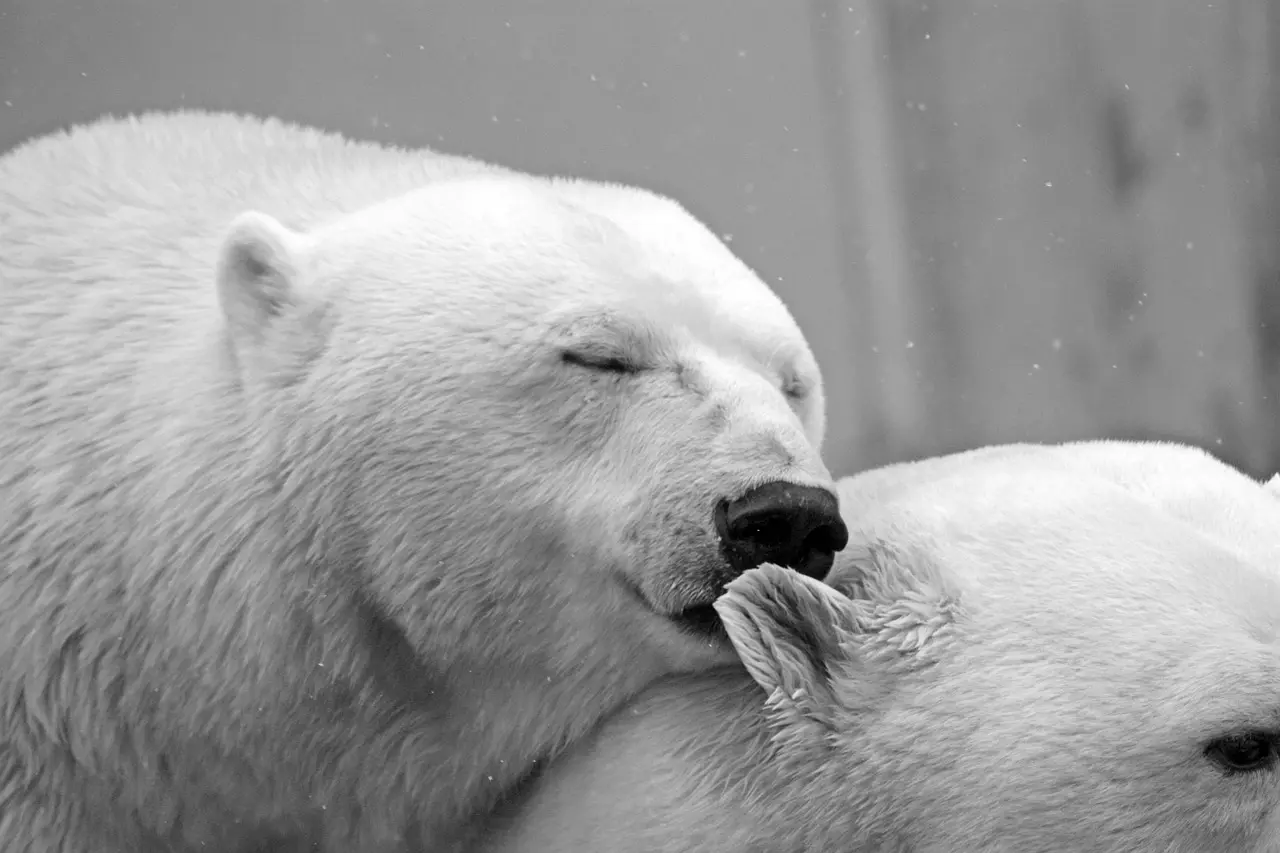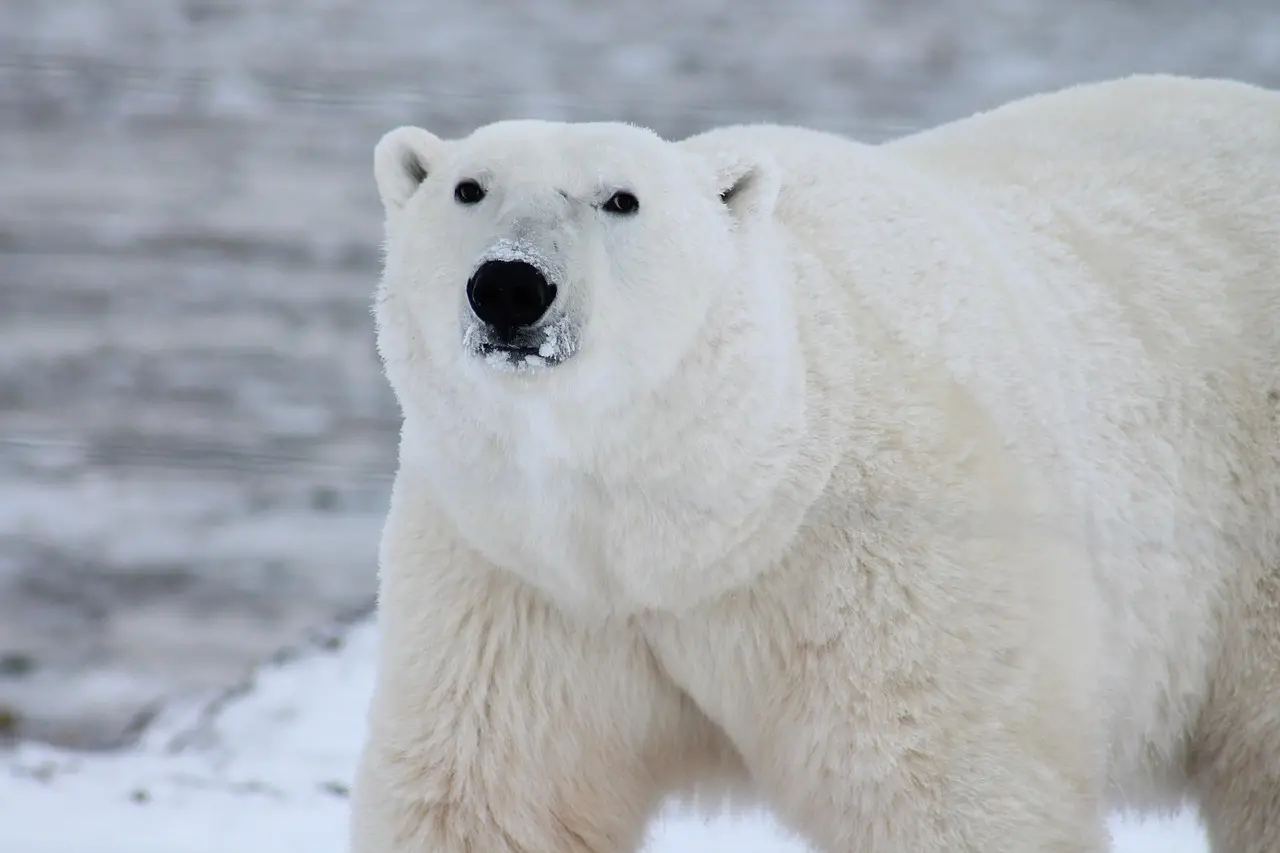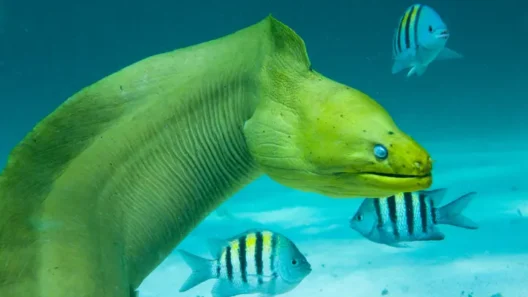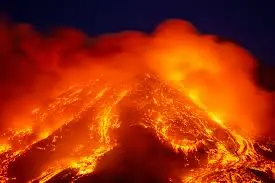You’d think a polar bear would be the last creature to worry about getting too warm. Massive, white, and wrapped in fur that screams “subzero champion,” right? But here’s the twist: polar bears are actually more likely to overheat than freeze. Yep—while we associate them with snowstorms and icy landscapes, their biggest thermal threat doesn’t come from the cold.
Their bodies are so brilliantly adapted to freezing temperatures that they’re basically walking insulation tanks. Which works fine when you’re lounging on ice… but not so great when you’re chasing seals or pacing around looking for food.
Nature’s Most Insulated Mammal
Polar bears (Ursus maritimus) are extreme-weather specialists. They live in temperatures that drop to -40°C, and they do it in style thanks to a triple-threat of survival adaptations:
- Dual-layer fur: The outer hairs are transparent and hollow, helping trap warm air and reflect light, giving that classic snowy-white look. Beneath that is a dense, wooly undercoat that clings to body heat like a thermal blanket.
- Thick blubber: Underneath all that fur is a layer of fat up to 11 cm thick. It’s not just insulation—it’s also an emergency energy source and a floating aid during icy swims.
- Black skin: Surprising but true—the skin underneath all that white fur is jet black, absorbing even the weakest rays of Arctic sunlight to keep body temperature up.
These features make the polar bear an absolute cold-weather beast. But therein lies the problem…
When Too Much Insulation Becomes Dangerous
The same adaptations that protect them from the cold can backfire when they move too much. Unlike humans, polar bears don’t sweat. And with all that fur and blubber, releasing heat becomes a challenge.

- No sweat glands: Polar bears don’t have the cooling system we do. Once they heat up, it’s hard to cool back down.
- Heat retention gone wrong: Their body is a fortress against cold, but also a prison for internal heat. Even light activity can cause their temperature to spike.
A polar bear’s normal temperature is about 37°C. During a chase or fast movement, it can hit 38°C or more—dangerous levels when there’s no efficient way to shed that heat.
Arctic Life Hacks – How They Stay Cool
Luckily, polar bears are clever creatures with natural strategies for avoiding overheating:
🐾 Slow and steady wins the ice
They move deliberately. Instead of sprinting, they amble. They lie down often, conserve energy, and avoid heat buildup. Stalking seals by waiting near breathing holes? Much cooler—literally—than running after them.
Cold dips for survival
When the heat builds up, a polar bear dives into icy water. Since water pulls heat from the body faster than air, this works as an instant cooldown. Plus, wet fur temporarily loses some insulating power, helping them shed warmth faster.
Cooling through exposed areas
Certain parts of the bear—like the nose, paw pads, ears, and inner thighs—have less fur. These zones act as natural heat vents, allowing blood to flow closer to the surface and release excess warmth.
Thermal blood circulation
Their blood flow system acts like a thermostat. Warm blood from the core meets cooler blood returning from the limbs, balancing temperature before it hits vital organs.
Digital Tip: Use a VPN to Support Global Conservation Efforts
If you’re reading this from outside North America or Europe, you might not have full access to some polar bear documentaries, climate reports, or environmental platforms. That’s where a VPN (Virtual Private Network) comes in handy.
A good VPN lets you browse anonymously, change your virtual location, and access global content—including donation platforms, restricted educational videos, and scientific sources. Want to stream that BBC documentary on melting Arctic ice that’s only available in the UK? VPN to the rescue.
And the best part? Some VPN providers even support eco-projects or run green data policies. So by securing your connection, you’re also supporting digital sustainability.
✅ Top picks: NordVPN, Surfshark, and ExpressVPN offer reliable speeds and excellent privacy features—perfect for staying safe while learning or donating online.
Cold Isn’t the Enemy. Climate Change Is.
Here’s the truth: polar bears aren’t dying of heatstroke in the wild—at least not usually. Their instinctual behavior and anatomy keep them safe most of the time. But what they can’t outsmart is the vanishing Arctic.
The melting sea ice is their real nemesis. Polar bears depend on it for:
- Hunting: Their main prey, seals, are much easier to catch from the ice.
- Resting: They need platforms between swims.
- Raising cubs: Denning areas and protection from predators come from stable ice zones.
As ice retreats and thins earlier each year, bears are forced to swim farther, expend more energy, and face starvation. And the irony? They might overheat just trying to survive this new, melting reality.

Captivity—Where Heat Becomes a Killer
While wild bears can jump into an ocean or stretch out on sea ice, zoo life is another story. Polar bears in captivity often face higher risks of overheating, especially in warmer climates.
One heartbreaking example: a polar bear in the Buenos Aires Zoo died from heatstroke during a summer heatwave in 2012. His enclosure lacked proper shade, water, and cooling systems. And that case isn’t unique.
Even in the most modern zoos, it’s hard to replicate the vast, frozen space these animals need. Without deep cold water and open space, even small exertions in captivity can be dangerous.
Invisible on Thermal Cameras? Almost.
This is one of my favorite polar bear facts: on thermal cameras, they nearly vanish. Why? Because they lose so little heat through their fur.
Only tiny warm spots appear—like around the eyes, nose, or paw pads. That’s how well their body traps and conserves heat. It’s amazing… and also explains why even small bursts of activity can cause internal overheating. Their body simply isn’t built to let the heat out fast enough.
It’s a fascinating paradox. The same biology that allows them to survive minus-40 is the reason they can get too warm in plus-five.
What Can We Do to Help Polar Bears?
We can’t hand them sunglasses and popsicles, but we can make a difference. Here’s how:
Cut your emissions
Reducing your carbon footprint helps slow the warming of the Arctic. Use public transport, lower your energy use, and choose renewable sources whenever possible.
Support the right organizations
Groups like WWF and Polar Bears International work directly in polar bear conservation. Donations, advocacy, or even spreading their work online has real impact.
Talk about it
Education is powerful. Share this knowledge with friends, family, kids. The more people know that polar bears are overheating and starving—not freezing—the more urgency we can create for change.
Conclusion: The Arctic Giant in a Melting World
Polar bears aren’t just majestic symbols on postcards. They’re survival machines, crafted by evolution to thrive in brutal cold. But their genius adaptations come at a cost—they’re helpless against the warmth they were never meant to face.
From walking slowly to diving into icy seas, they do their best to regulate body heat. But the real danger isn’t just in their biology—it’s in ours.
We’re warming the Arctic faster than they can adapt. And if the ice disappears, so do they.
So next time you see a photo of a polar bear lounging on ice, don’t just think “cute.” Think “critical.” Because their future—and ours—is balancing on melting ground.












